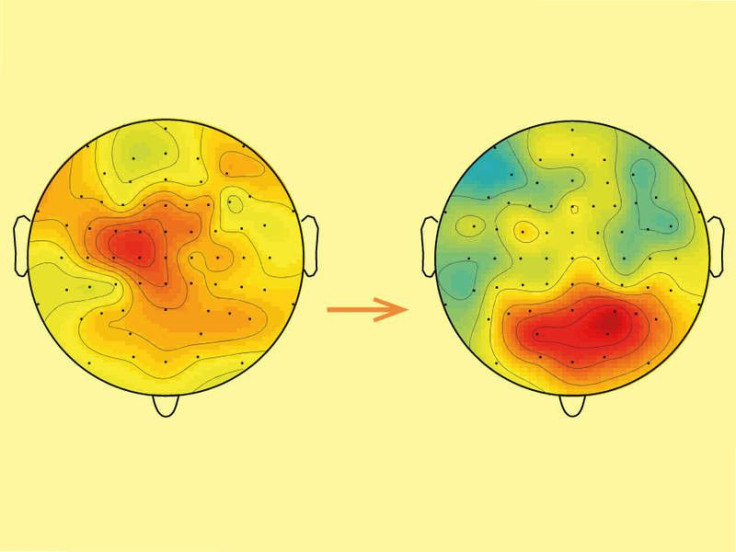Pain In The Brain Switches From Sensory To Emotional Processes Over Time

Evidence has shown that painful stimuli are processed by sensory areas of the brain via signals from sensory organs, including the skin. However, does our perception of pain stay in sensory areas of the brain as we are exposed to painful stimuli over time? A recent study conducted at Technische Universität München (TUM) has revealed that as we endure pain for a prolonged period of time, our perception of pain moves from sensory areas of the brain to emotional processing.
“We were absolutely amazed by the results,” Professor Markus Ploner, Heisenberg Professor for Human Pain Research at the TUM School of Medicine, said in a statement. “After just a few minutes, the subjective perception of pain changed. For example, the subjects felt changes in pain when the objective stimulus remained unchanged. The sensation of pain became detached from the objective stimulus after just a few minutes.”
Ploner and his colleagues conducted a set of experiments that used electroencephalograms (EEGs) to measure nerve cell activity as subjects were exposed to different degrees of painful stimulus. In the first experiment, 41 participants were given painful heat stimuli that varied in intensity over a period of 10 minutes. Throughout the experiment, participants were asked to measure their level of pain using a scale from 1 to 100. As pain persisted over time, EEGs showed a switch in activation from sensory to emotional areas of the brain.
"If pain persists over a prolonged period of time, the associated brain activity shows that it changes from a pure perception process to a more emotional process," Ploner explained. "This realization is extremely interesting for the diagnosis and treatment of chronic pain, where pain persists for months and years."

In the second experiment, 20 participants endured different intensities of painful laser pulses to two areas on the back of the hand. After participants verbally expressed their perception of pain during the experiment, researchers administered two creams to the group and told them one had a pain-relieving effect. However, neither cream contained any active substance. When participants were exposed to the same pain stimuli as before, those who received the cream with a supposed pain-relieving effect reported lower pain intensity compared to the other group.
EEG scans from the second experiment also revealed that nerve cells triggered a different pattern of brain activity when participants were under the impression the cream would protect against pain. Coupled with the first experiment, TUM researchers concluded that not only duration but also anticipation of a pain stimuli affects our perception.
"The subjects assessed the pain on the skin area with the allegedly pain-relieving cream as significantly lower than on the other area of skin," Ploner added. "Our results show how differently our brain processes the same pain stimuli. Systematically mapping and better understanding this complex neurological phenomenon of 'pain' in the brain is a big challenge, but is absolutely essential for improving therapeutic options for pain patients."
Researchers from Massachusetts General Hospital recently pieced together a potential standardized scale for measuring pain, thanks to patterns of brain inflammation. Participants from the study were given a drug that shows up on a scan of the brain when it binds to a translocator protein (TSPO). These scans revealed how chronic pain is linked to inflammation in the thalamus, the area of the brain responsible for signaling pain. A standardized scale for pain could help doctors with treating patients whose perception of pain may be skewed.
Source: Schulz E, Postorino M, Ploner M, et al. Prefrontal Gamma Oscillations Encode Tonic Pain in Humans. Cerebral Cortex. 2015.
Source: Tiemann L, May E, Ploner M, et al. Differential neurophysiological correlates of bottom-up and top-down modulations of pain. PAIN. 2015.



























